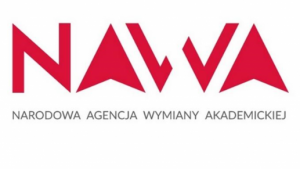Transition in coal intensive regions
The implementation of the EU Energy Union transition towards a low-carbon economy poses significant technological, economic and social challenges, in particular for coal-intensive regions that have to prepare for the reduction or phasing-out of coal production, both due to market-driven trends and environmental policies. These regions need an effective roadmap to make the necessary transition to a more diversified economic base and a more sustainable energy system, while safeguarding the social cohesion for communities and regions dependent on coal production.
